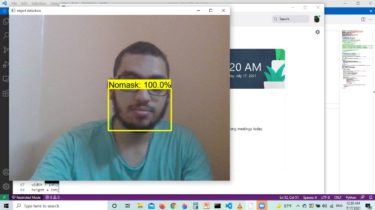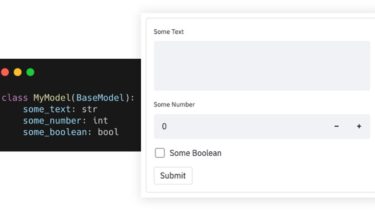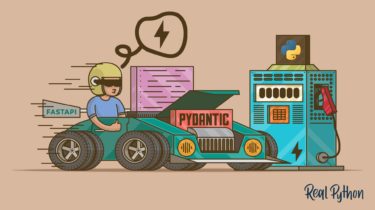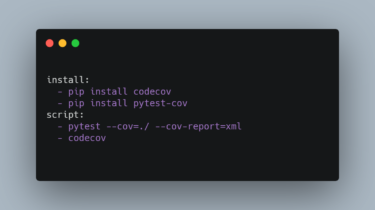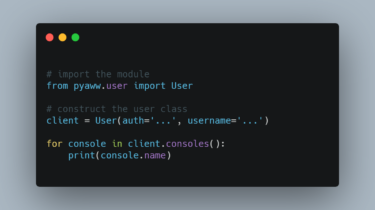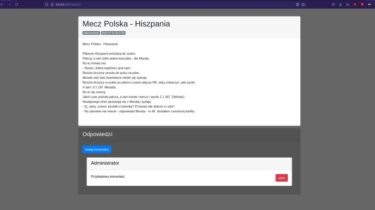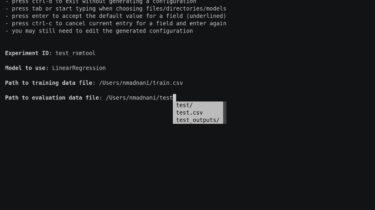Music library streaming app written in Flask & VueJS
djtaytay This is a little toy app made to explore Vue, brush up on my Python, and make a remote music collection accessable through a web interface. It has a rudimentary file browser. Additionally, it decodes files using ffmpeg, reencodes as webm vorbis and streams them to the browser. This is an active work in progress. Notably, it needs better authentication, validation against the user input to ffmpeg, and better UI controls. How to set up a test environment Prerequisites: […]
Read more
